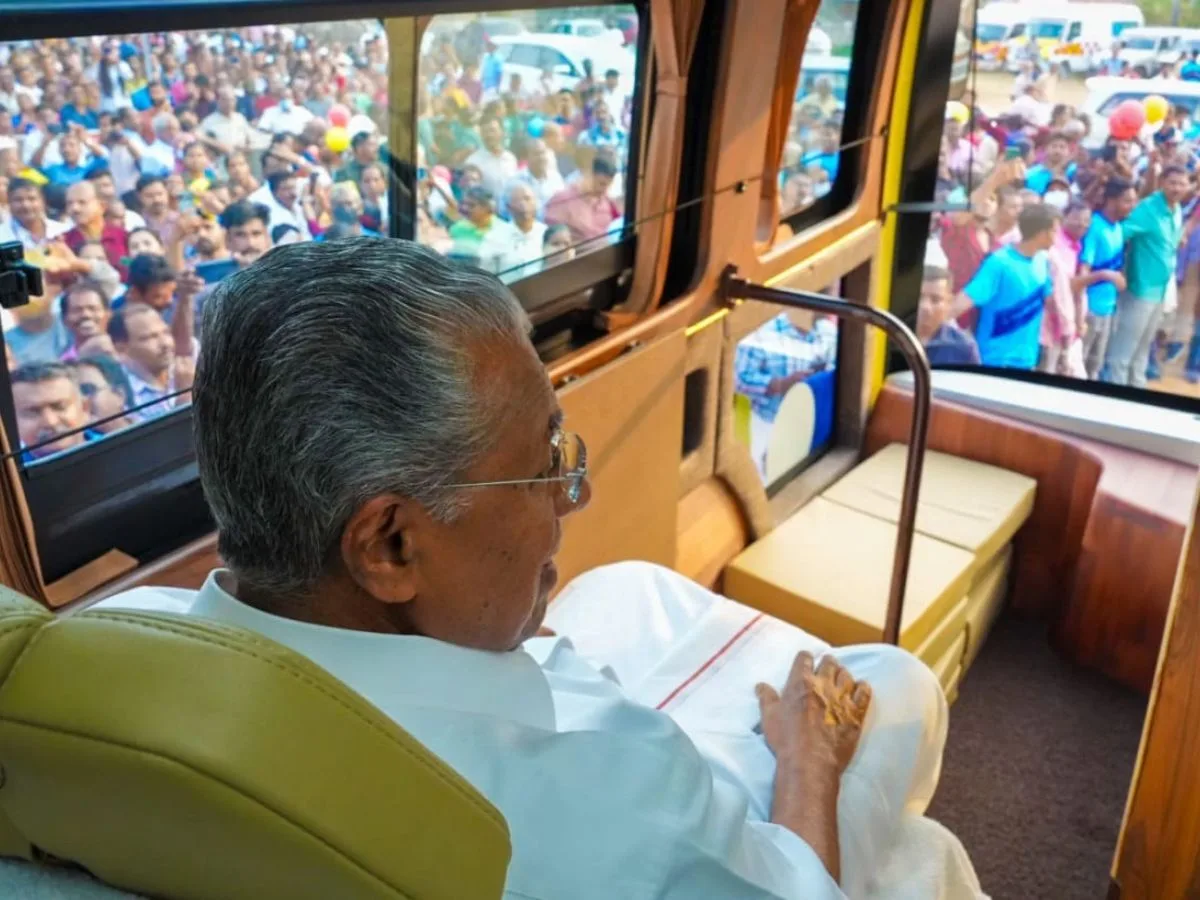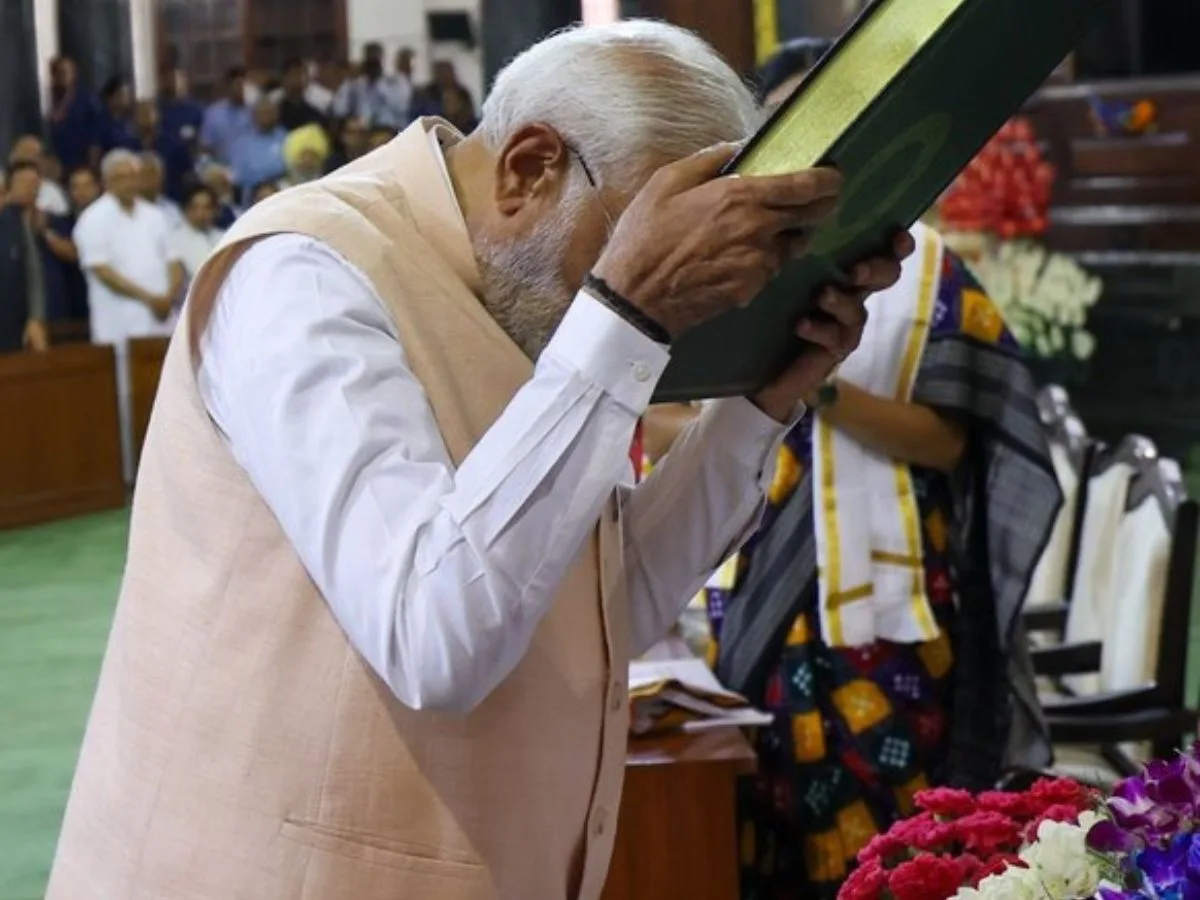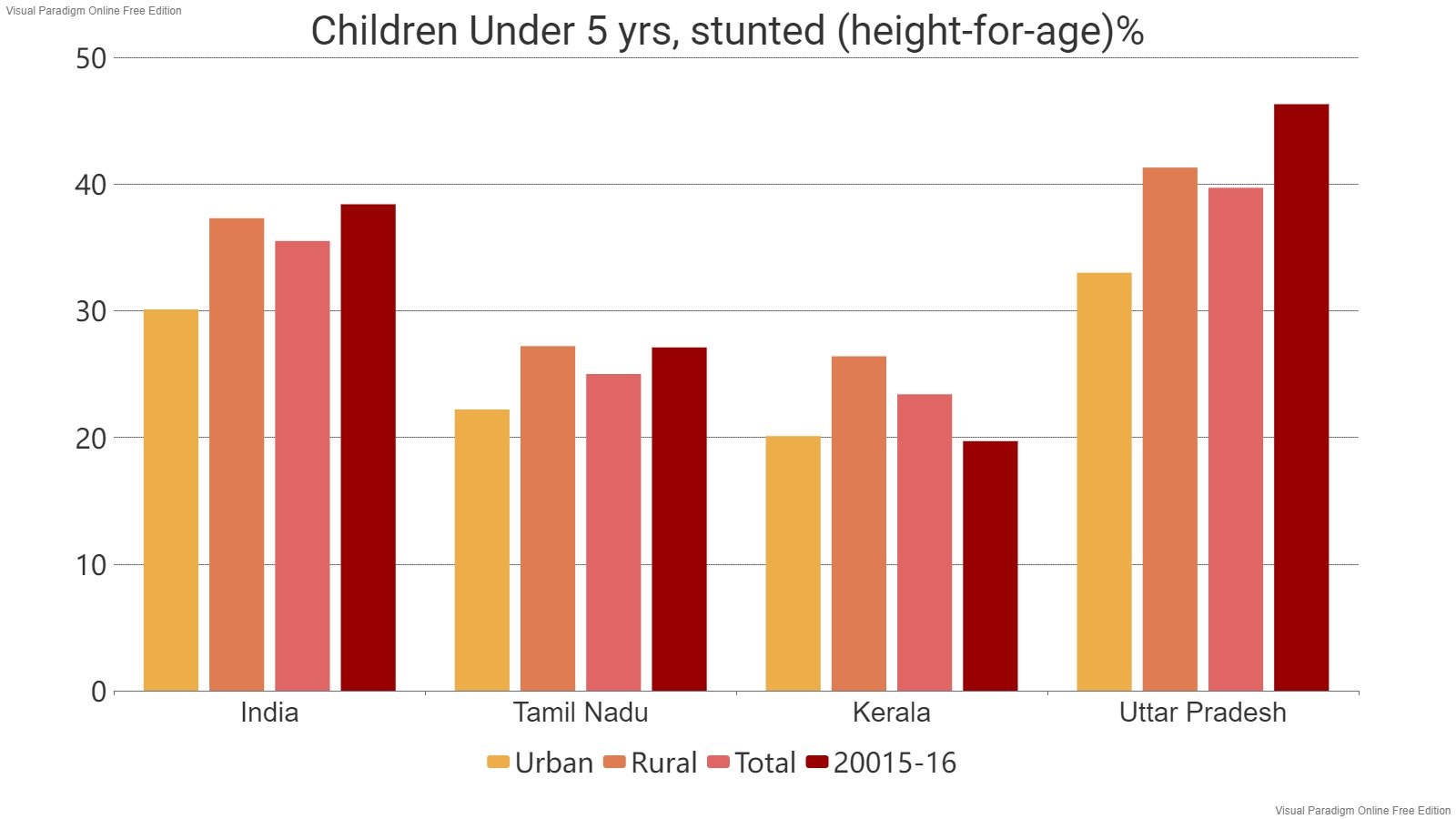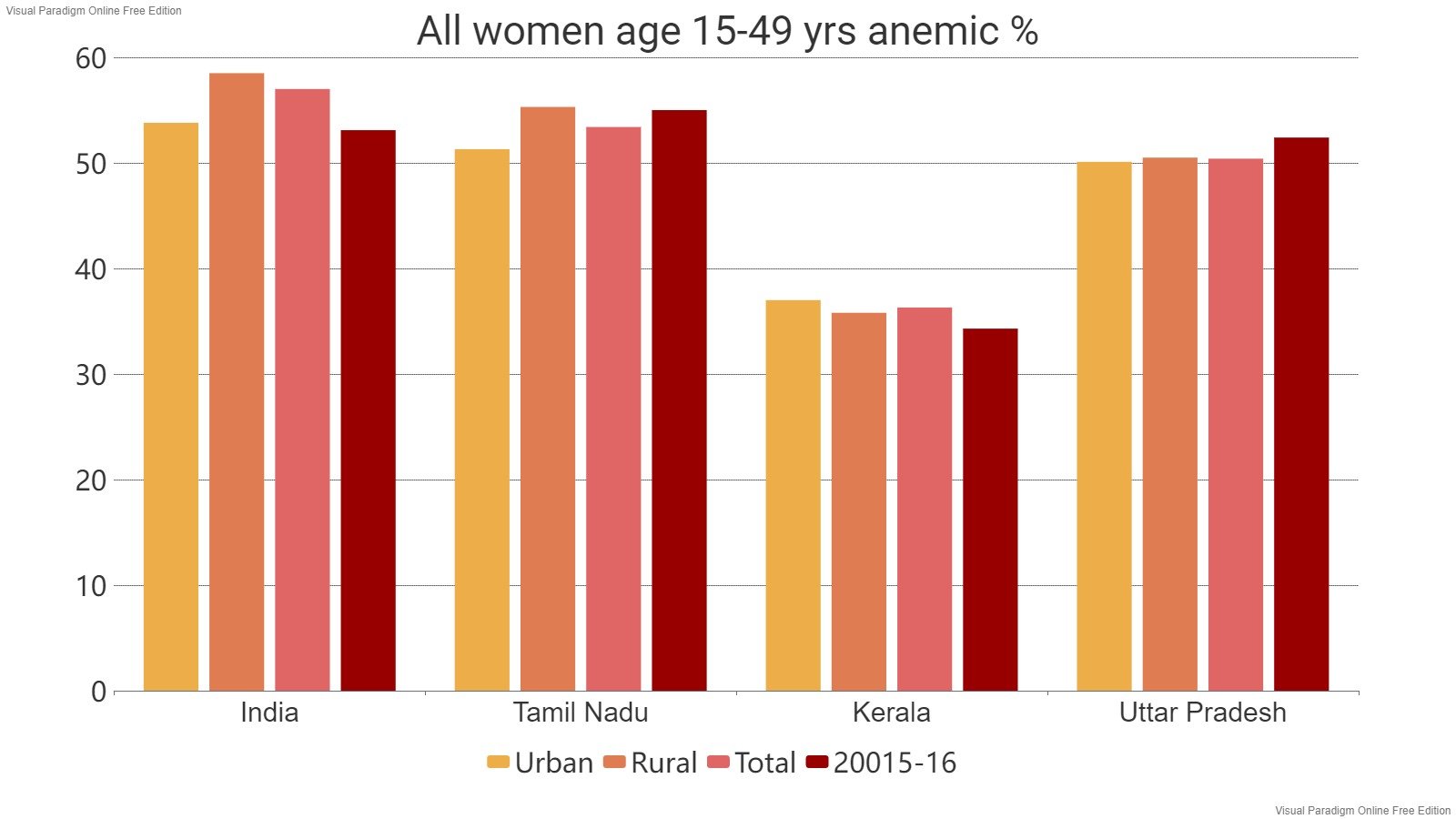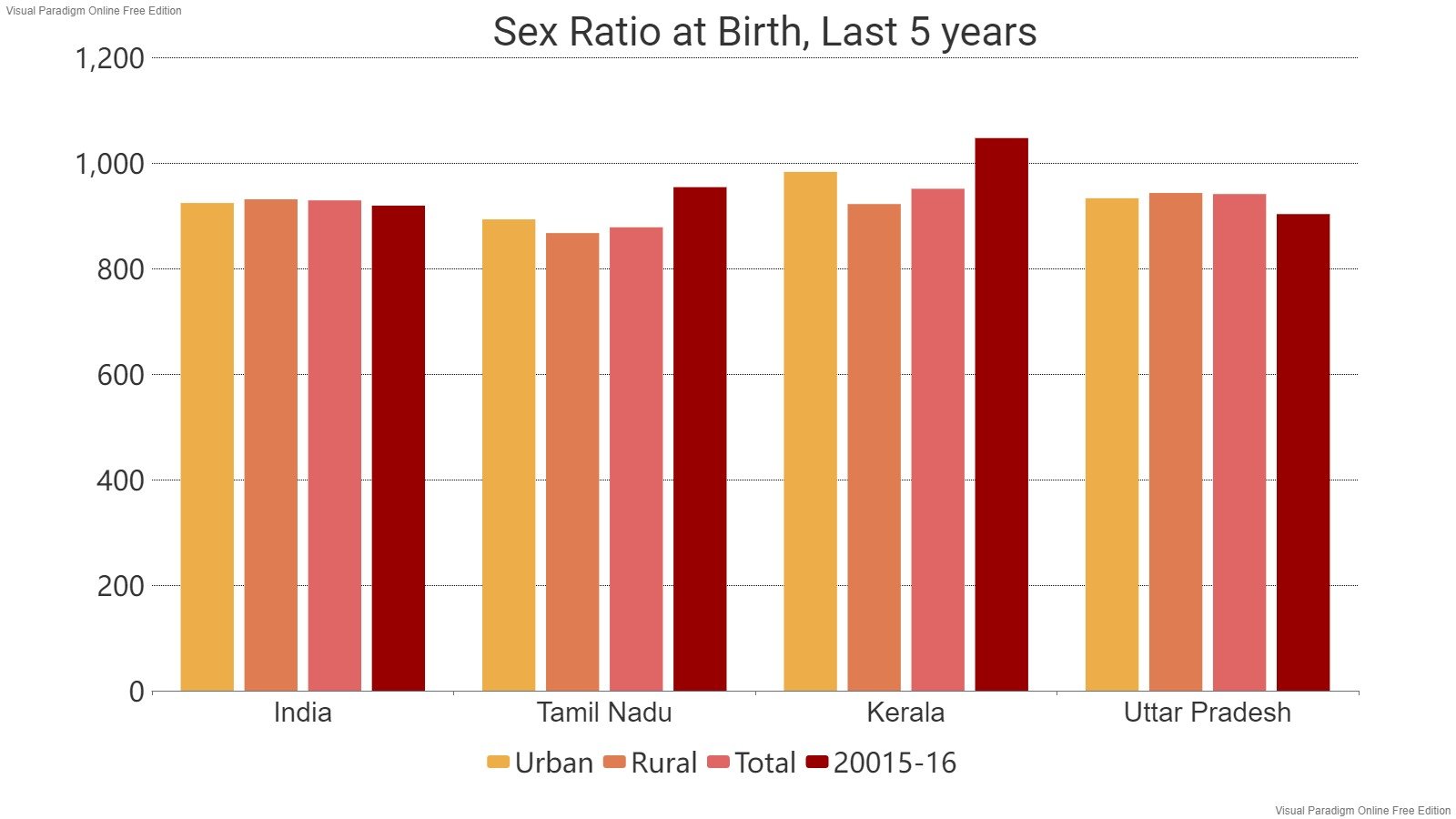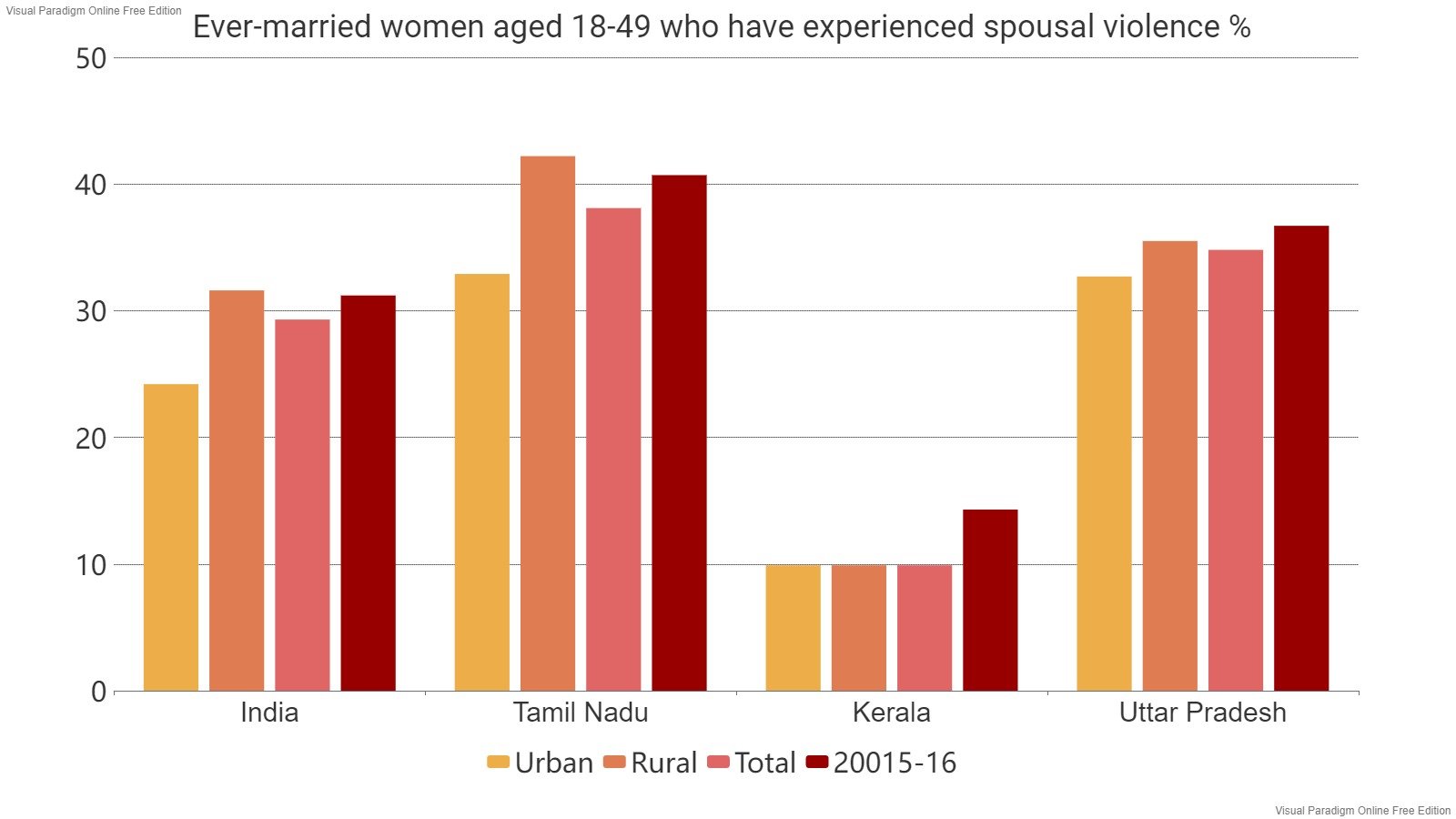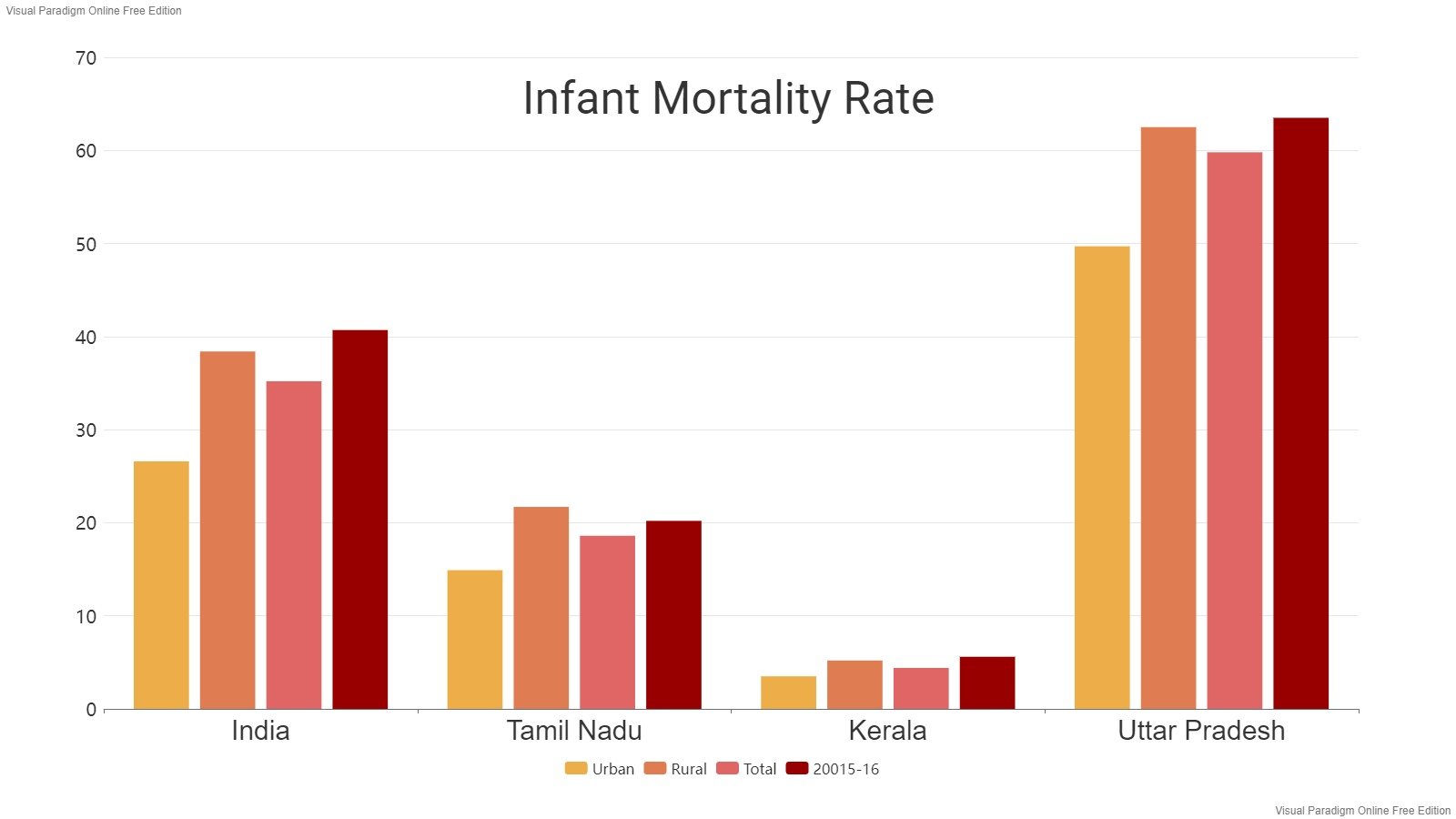Read in : தமிழ்
The demand among students for medical education, the limited merit seats available and the exorbitant fees in private medical colleges drive many aspiring doctors abroad. A medical education from a university abroad at an affordable cost appears like the best bet for those who can’t make it through the tough landscape of medical admissions in India. But once they land on foreign soil, reality bites them hard, really hard. Students in universities in Ukraine at the moment are facing the worst of it as Russia has invaded the country.
At least 5,000 students from Tamil Nadu are said to be stuck in Ukraine since Kyiv closed its airspace for civilian flights on Thursday after Russia invaded its territory. As things become dire, Tamil Nadu has appointed Jacintha Lazarus IAS as the State Nodal Officer for the evacuation of stranded Tamils in Ukraine. Parents and students can contact these numbers 9445869848, 9600023645, 9940256444 and 044-28515288 for help.
The Tamil Nadu government has said that it would bear the cost of the students’ travel back to India.
While the ordeal of the students stuck in Ukraine at this time is incomparable, others in foreign universities face other kinds of problems.
Indians who cannot make it through NEET in government medical colleges and find the fees of private medical colleges too high opt for medical education abroad in countries like China, Russia, Ukraine, Philippines, Nepal, Bangladesh, the Caribbean Islands like Antigua, Barbados and St Kitts, Kyrgyzstan, Poland, Belarus and Germany.
The cost for the whole program is between Rs 20 lakh to Rs 80 lakh depending on the country. In Germany, for example, the cost is either zero in state universities or nominal—Rs 40,000 a year—but the country has a very tough admission process and one needs to learn German as well.
Without clearing the FMGE (Foreign Medical Graduates Examination), their degree is just a paper. Many feel guilty that they are having to depend on their parents despite having earned a degree after spending a lot of money and many years of study. So, they start working in hospitals as assistants, says Dr Naveen.
“They are nothing but glorified compounders until they get a license to practice in India, because we can employ them only as physician assistants,” says Dr Naveen (name changed). They are competent to be doctors but they have to clear FMGE (Foreign Medical Graduates Examination) first for a license. “Without clearing it, their degree is just a paper. Many feel guilty that they are having to depend on their parents despite having earned a degree after spending a lot of money and many years of study. So, they start working in hospitals as assistants, says Dr Naveen.
Hardly 25% of students who opt for medical education abroad are able to clear FMGE every year, says Williams Stephen from RS Mangalam in Ramanathapuram district. Out of a total of 18,048 candidates that appeared for FMGE 2021 June session, only 4,283 aspirants (23.73%) qualified in the screening test.
But students can’t lose focus while preparing for the FMGE which is a very tough exam. Stephen graduated in medical studies from a Philippines-based University last year. He is preparing hard for the examination scheduled in June this year.
FMGE is held twice every year, in June and December, countrywide for Indian nationals and Overseas Citizens of India who have had a medical education abroad. The 300-marks exam is held in two sessions of 150 marks each, one forenoon and another afternoon. No negative marks are awarded but a candidate has to secure at least 150 marks to pass. “All questions are case scenarios,” says Stephen.
It depends on the student and the institution when it comes to passing FMGE. Some clear it on the first go but many have to repeat the exam another couple of times before passing. “Holding a degree but not earning a living from it is mental agony. We can’t lose focus, or else we will never be able to clear the exam,” says Dr Kamesh Subin, who completed his medical education abroad and passed the FMGE last year and became eligible to practice in India. He is now doing his internship.
It typically takes six years to complete medical education abroad. Most foreign universities require students to do two years of a pre-med course, which includes learning the language of the country. Once the students return to India with a degree in medical studies, they have to clear FMGE and pay Rs 3 lakh at the state government’s MGR University to enrol for an internship. In addition to this, the hospital they are sent for the internship to would also demand another Rs 1 to 2 lakh.
While foreign universities don’t demand capitation fees, they charge 3 to 4 lakhs in their currency for tuition fees. With accommodation and food expenses, the cost mounts. “I was told I can complete my medical education within Rs 16 lakh but ended up paying Rs 70 lakh, including for stay and food,” says K Parthasarathy from Veppodai in Namakkal district.
It’s still less expensive to get a medical education abroad than getting an MBBS from a private deemed university in India. But time is money. And time is something these students have to sacrifice. They spend six years getting a medical education abroad and another two to three years to clear FMGE and get a license. “You would end up feeling that you would have rather studied in India. But NEET and the cut-off and the lack of a sufficient number of medical colleges make foreign universities a green pasture,” says Parthasarathy.
In 2019, around 15 lakh candidates appeared for NEET competing for as little as 90,000 medical and dental seats at the undergraduate level. That is 17 students jostling for a single seat.
Since 2018, NEET has been made mandatory for students looking to study abroad as well.
It typically takes six years to complete medical education at a foreign university. Most foreign universities require students to do two years of a pre-med course, which includes learning the language of the country. Once the students return to India with an degree in medical studies, they have to clear FMGE and pay Rs 3 lakh at the state government’s MGR University to enrol for an internship. In addition to this, the hospital they are sent for the internship to would also demand another Rs 1 to 2 lakh.
One more aspect that lures candidates to foreign medical universities is the training that they promise to give to clear the USMLE exam, which makes them eligible to work in the United States. While some manage to clear the United States Medical Licensing Examination, most return home to take the FMGE. There is a common feeling among candidates that the exam is kept difficult with an intention of making their lives miserable.
The FMGE syllabus for the 2021 December session dealt with topics as per the Graduate Medical Regulation. Prepared by the National Medical Commission (NMC), it questioned graduates from foreign universities on pre-clinical, clinical and para-clinical subjects.
During the first wave of COVID-19, former Union Health Minister Anbumani Ramadoss had expressed concern over how tough the FMGE exam is. He alleged that the exam intentionally made it difficult for students who chosen to get a medical education abroad. He asked Union Health Minister Harsha Vardhan to bring down the passing percentage from 50% to 30%. Anbumani said more than 50,000 students are studying in foreign universities and 8,000 to 9,000 students return from these universities to India every year. These qualified doctors would greatly augment covid19 workforce, if they were able to get registered to practice in India, he reasoned then.
It is estimated that nearly 1,000 Tamil Nadu medical students return from foreign universities every year and start preparing for FMGE. Only about 25% pass the FMGE whereas the dropout rate is very high, says Nedunchezhian, educationist and social entrepreneur.
Parents don’t realize the dangers of sending their wards to universities abroad to get a medical education. There are brokers in every township to get students to foreign universities and they paint a rosy picture. “The reality is very different. We end up putting our children in danger at a tender age of 17,” he says. Some of the agents are out to fool Indian parents eager to see their children becoming doctors. They get them enrolled in fake universities or institutions that are not recognized for their degrees. Once they complete a year or two’s studies in such colleges, they realize their medical education from abroad has not been worth anything.
Medical degrees abroad are costlier than they appear as well. Moreover, students don’t get sufficient exposure. Even poor countries don’t like exposing their sick people to foreign students. In such cases, these students may be academically equipped but not clinically. “We get better exposure treating scores of sick people In India than the students studying abroad,” says Dr Balagurusamy who studied in India and works in a private hospital.
The pandemic, however, has become a deterrent for aspirants eyeing foreign universities. Parents and students alike learnt a lesson when they got stranded in an unknown place during Covid-19, adds Nedunchezhian. The first persons affected by Covid-19 in India were medical students from the epicentre of the outbreak, Wuhan in China.
Read in : தமிழ்




